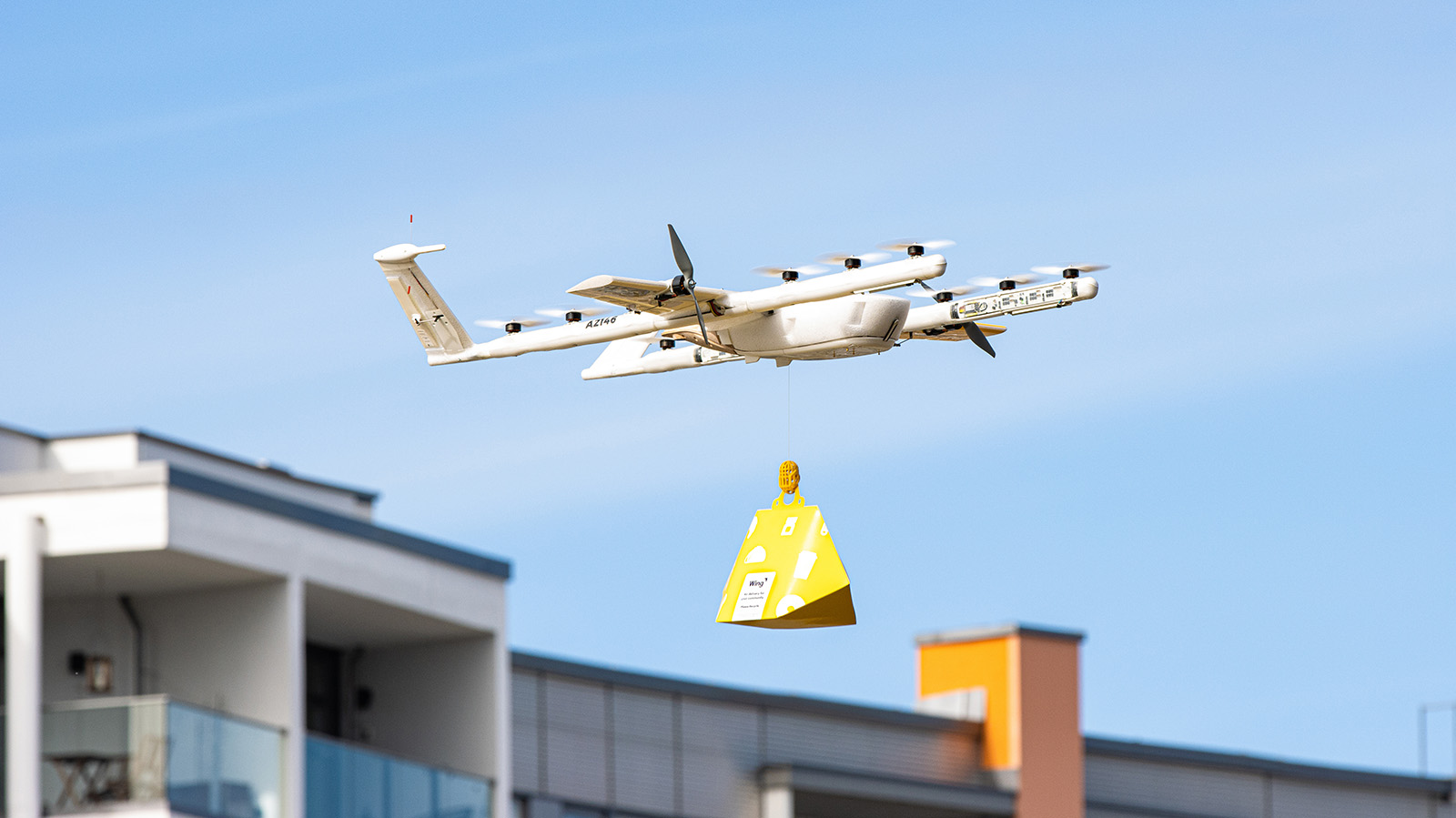Stay Up to Date
Submit your email address to receive the latest industry and Aerospace America news.
Wing is among the handful of drone operators that have begun limited home deliveries in select U.S. states. With its proposed Part 108 regulation, FAA intends to streamline the process for approving such flights. Credit: Wing
Editor’s note: This story has been updated.
Commercial drone companies are concerned about the hardware requirements FAA proposed in the 731-page draft rule, released Tuesday, and how their existing waivers will be handled under the new regulations.
The new BVLOS rule, which would be known as Part 108, is aimed at creating a streamlined process for FAA to approve routine drone flights beyond the visual line of sight of operators. It applies to commercial drones weighing 600 kilograms (1,320 pounds) and under, though FAA noted that “for many of the categories of permitted and certificated operations, there are lower maximum weight limits.”
The companies I spoke with generally welcomed the proposed set of requirements, but those already operating expressed concern that the new criteria could create hurdles.
“One concern in particular that has come up is: How do different companies comply with, essentially, staying out of the way of other aircraft, as these new rules require, and with what equipment?” Alex Norman, head of global flight operations and services for California drone manufacturer Matternet, told me.
Matternet has an FAA type certificate for its M2 delivery and inspection drone, the first certificate of its kind for a nonmilitary drone, which it flies for UPS, among other customers. For collision avoidance, the M2 has a receiver that picks up radio signals from larger passenger aircraft called ADS-B for Automatic Dependent Surveillance-Broadcast. M2 operations have been permitted under exemptions for airline rules and other existing FAA regulations, Norman said.
The company will eventually need to comply with the new rule. FAA’s Notice of Proposed Rulemaking was published earlier today in the Federal Register, kicking off a 60-day comment period after which the agency will incorporate feedback and publish the final rule. In the past, such regulations have taken additional months or years to be finalized, and Norman said he hopes to avoid those delays.
He said he’s still evaluating what FAA would require in terms of collision avoidance. He said the M2’s ADS-B receiver is relatively lightweight, but the weight of an additional camera or a radar, if required, would demand major redesign of the drone, which could be cost prohibitive.
The draft rule notes that drone operators have used radar, cameras, and ADS-B successfully and “FAA expects that this same level of performance in part 108 BVLOS operations would allow for scalable integration of more expansive operations.”
Norman said he would like more clarification on that passage.
Ryan Smith, president of Kansas drone security company Titan Protection and Consulting, echoed concerns about waivers and exemptions already granted under existing regulations.
The rule states that “FAA anticipates” that operations and activities that are today conducted under waivers or exemptions “would transition to the operations under part 108 when their exemptions expire, and a reasonable transition can occur,” but Smith said he would like more clarity on that process. Titan has a nationwide waiver that allows it to fly up to 50 feet from the ground or the highest object on a property, which means it is not in conflict with other aircraft that mostly fly altitudes above 400 feet.
“Under the waiver, we’re able to operate safely, but also cost effectively, because we don’t have the detect-and-avoid system,” Smith said, adding that he hopes the new regulation does not require his firm is to add such technology. He said Titan also has invested over $1 million in power generators to ensure its operations center doesn’t lose power and remains in contact with drones in the air.
“We are already operating safely, in our sandbox under 50 feet, for security,” he said. “There’s a big difference between that and a delivery company flying across a big city. I hope we don’t take steps backward from where we are now.”
About paul brinkmann
Paul covers advanced air mobility, space launches and more for our website and the quarterly magazine. Paul joined us in 2022 and is based near Kennedy Space Center in Florida. He previously covered aerospace for United Press International and the Orlando Sentinel.
Related Posts
Stay Up to Date
Submit your email address to receive the latest industry and Aerospace America news.




